Letter from Scotland
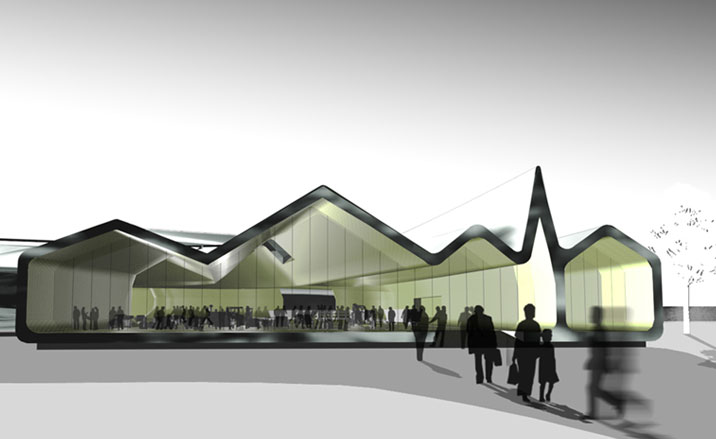
Ten years on from devolution, Scottish contemporary architecture is, as the following highlights strongly suggest, not only alive and kicking, but also seemingly punching above its weight.
Indeed more than ever Scottish architects are strutting their stuff in the international arena: from RMJM in Russia and Sutherland Hussey in China, as well as the following featured projects - Hutton, Dalziel and Scullion’s pavilion installation in Jeddah and NORD’s Olympic Park monolithic substation in London.
Closer to home recently emerged key public buildings, including Reiach and Hall’s new Stobhill Hospital and Archial’s Animal Hospital in Glasgow, have effectively upped the ante in terms of leading edge healthcare design and in doing so could readily occupy any European stage.
On a more intimate level, and addressing Scotland’s more windswept and wilder terrain, young practices such as Skye based Rural Design and Dualchas are demonstrating an increasing willingness to embrace riskier and more experimental, yet nevertheless site sympathetic, design. Caledonia dreaming, in many built instances, is becoming a reality.
Architect: Zaha Hadid Architects
Project: Museum of Transport, Glasgow
A defining moment in the regeneration of Glasgow’s River Clyde is currently emerging in the wave or ‘pleated’ form of the new Museum of Transport by Zaha Hadid Architects. Located where the River Kelvin flows into the Clyde, the building has been designed to ‘flow’ from the city to the river. This has been achieved by means of undulating outer pleats, enclosing the support services and black box exhibits, which allow the main central space to be column-free and open. Circulation runs through the main exhibition space, and includes various strategic openings that enable visitors to build up a gradual sense of the external city and seascape as they move from exhibit to exhibit. Both front and end elevations are expressed as an expansive clear glass façade with a large overhang to reduce solar exposure to the building interior and allow further expansive views up and down the Clyde.
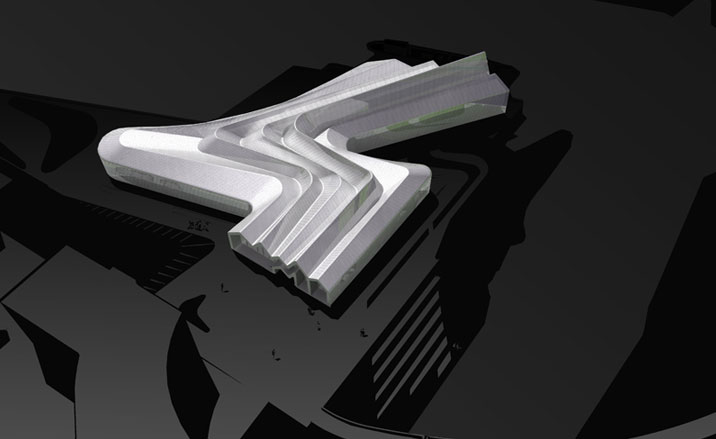
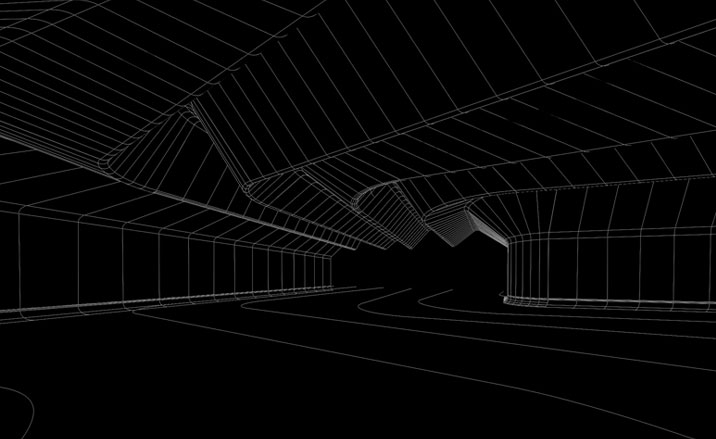
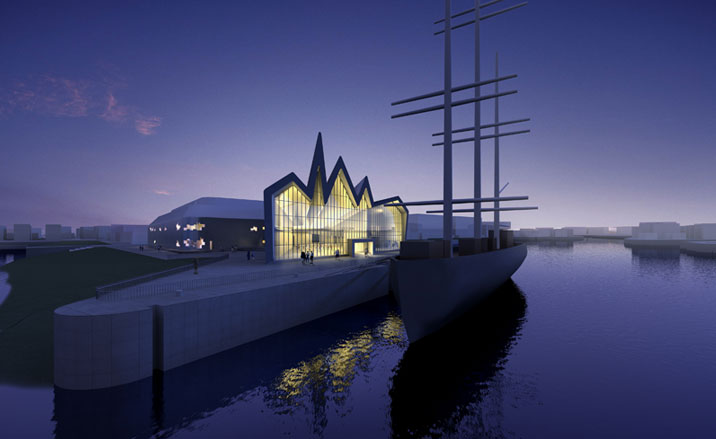
Architect: Archial Architects
Project: Small Animal Hospital, Glasgow
Receive our daily digest of inspiration, escapism and design stories from around the world direct to your inbox.
The new Small Animal Hospital, part of the University of Glasgow’s Faculty of Veterinary Medicine, provides animal owners with state of the art facilities, and considered the most advanced of their kind in Europe. The primary driver in the design was how to create a large hospital building without ruining the area of natural beauty into which it’s set. Essentially, the solution was to use the topography of the site, lift up the ground, peel off the grass and place the new building underneath. In order to let daylight in to public areas, an innovative ‘crystal’ glass cupola sits within the building’s sloping grass roof. Internally the building is simply organised both horizontally and vertically with a clear division of public and private hospital space.
Images: Andrew Lee
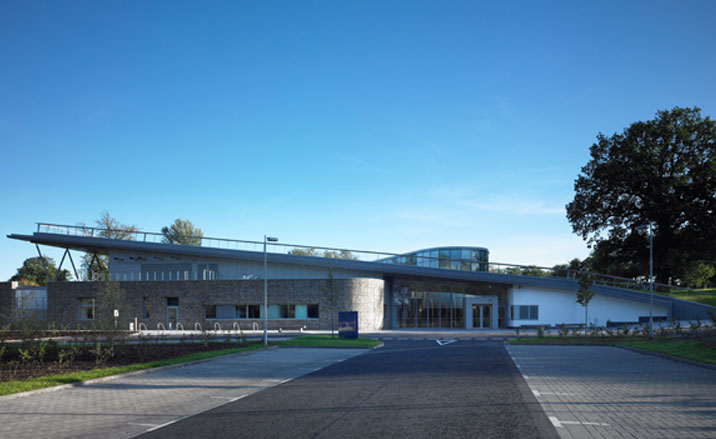
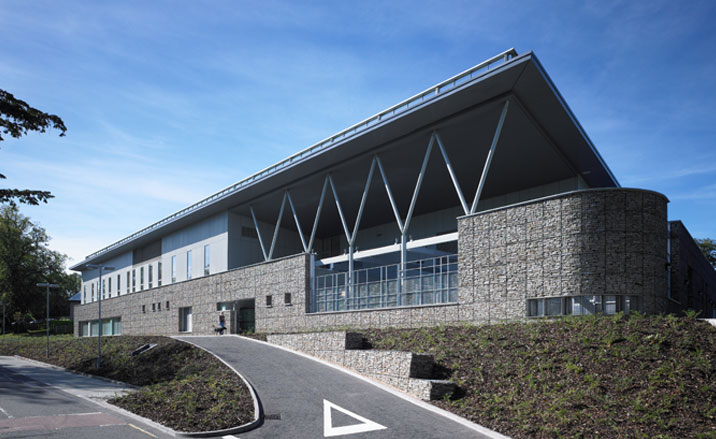

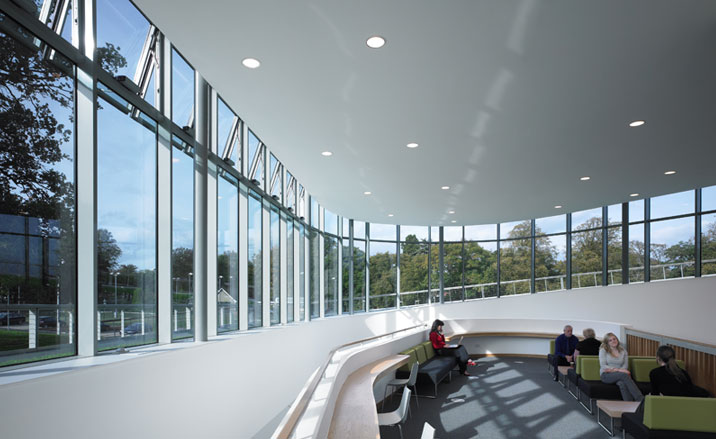
Architect: Cameron Webster Architects
Project: The Printworks, Glasgow
Hidden away in the heart of Glasgow’s West End this new office building involved the rebuilding of an old derelict printworks at the back of an urban block. The design subtly develops the section and involves the combination of retained and refurbished cast iron columns and concrete supporting structure with the introduction of glazed elements and a planted courtyard. This arrangement succeeds in bringing in natural light and creating a spacious open plan area at lower level. The lane entrance to the building provides access to a further level above. Overall, the development has effectively reversed the fortunes of a run-down back lane, whilst at the same time creating unexpectedly large and bright office spaces.
Images: Martin Phillimore Photography
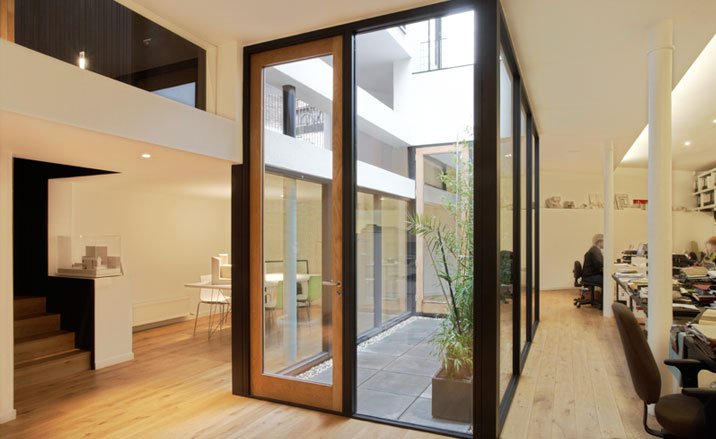
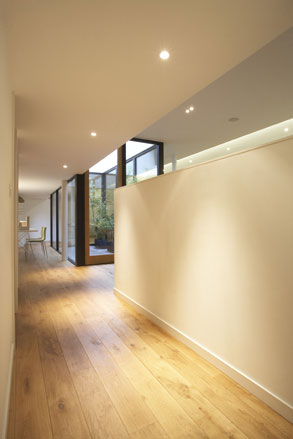
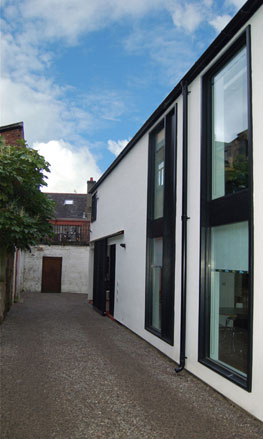
Architect: Graeme Hutton with artists Dalziel and Scullion
Project: Rain, Jeddah Saudi Arabia
Rain is a five-metre high, vessel like structure that borrows its circular form from both ancient water vessels and stone ‘Brochs’ – circular, drystone Iron Age structures that existed in Scotland during the last two centuries BC. The pavilion structure, currently under construction at the King Abdullah University of Science and Technology (KAUST), in Jeddah, Saudi Arabia, will feature a sound archive of 21 days of recorded rain, made in a variety of settings and different weather conditions in Scotland - where it rains somewhere every day of the year. Visitors entering the chamber will be surrounded by the sound of falling rain, the sensation of which will be heightened by the coolness of the space and the relatively lower light levels provided by the shade of the walls.
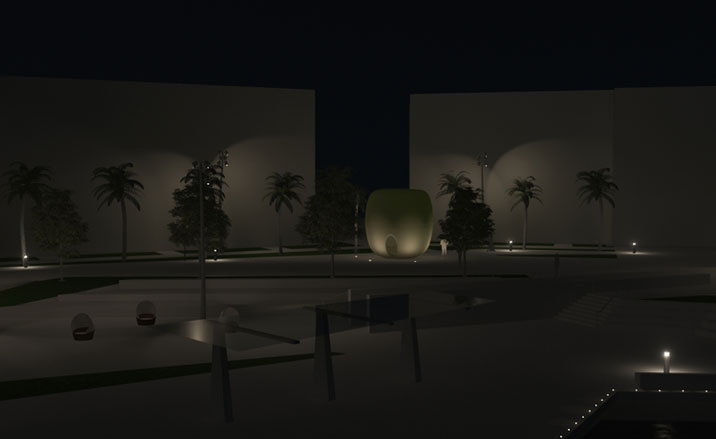
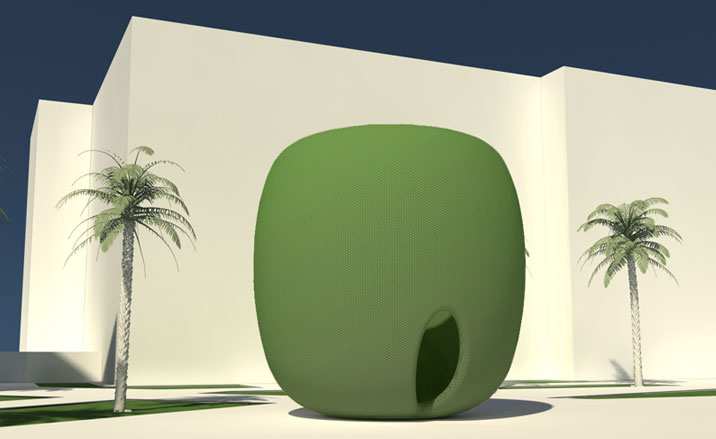
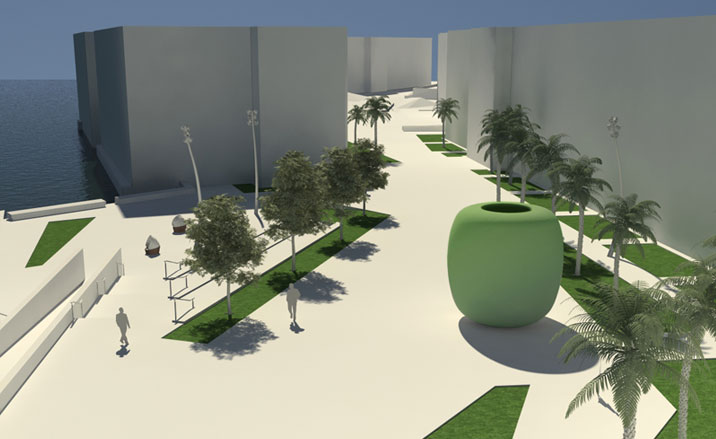
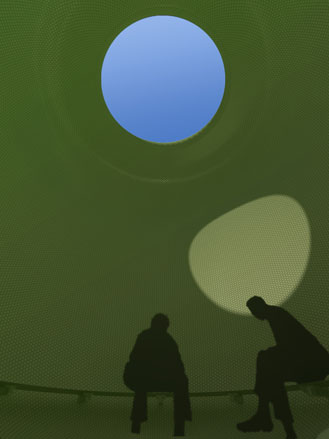
Architect: jmarchitects
Project: Donaldson’s College, Linlithgow, West Lothian
Subtly and sensitively responding to a brief that sought a de-institutionalised approach to a new national school for deaf, speech and language impaired young people, Donaldson’s College in Linlithgow recently emerged as a world class, purpose-built contemporary college campus. Cleverly working the section over three levels into the slopes of the greenfield site, the school features wide-ranging accommodation – including primary and secondary wings, together with living quarters – in a compact and easily navigable arrangement. A common theme throughout the whole school has been the use of generous, colour-coded recesses to the classroom entrances, which not only brings identity to the rooms used by the children but also assists in breaking up the linearity of the corridors.
Images: Andrew Lee
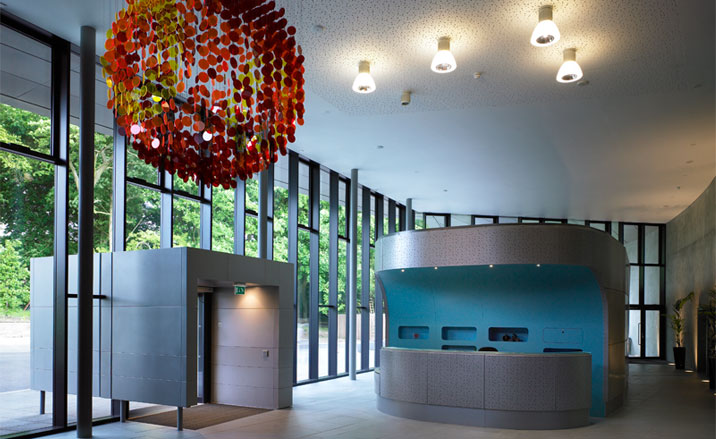
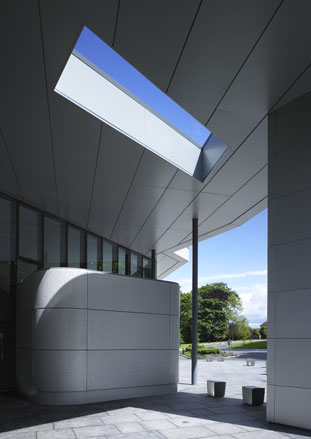
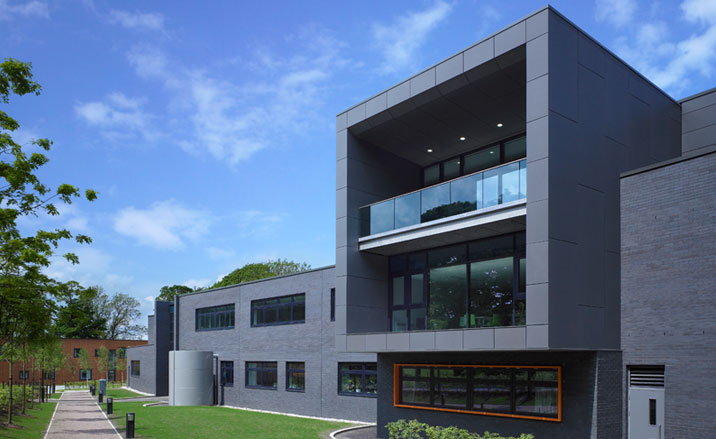
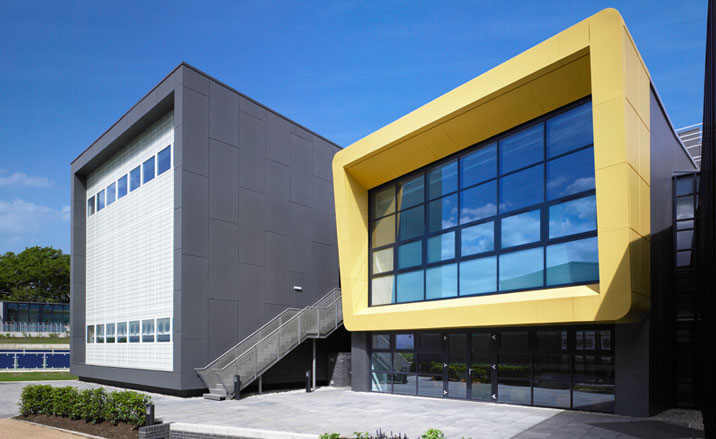
Architect: NORD
Project: Substation, Olympic Games Park, London
The monolithic and monumental form of NORD’s electricity substation is something of a milestone in that it’s the first built structure to emerge from the site of the 2012 Olympics (and is set to supply all the electricity needs for the Games through a network of 80 miles of new underground cables). Its distinctive form, which derived from to the decision to mount the cooling equipment directly above each transformer, celebrates an honest functionalism. Central to the design approach, which evolved from an understanding of the material qualities of London’s brick building heritage, is the sensitive, meticulous use of materials, resulting in a post-industrial landmark structure rooted in the capital’s fine industrial tradition.
Images: Andrew Lee.
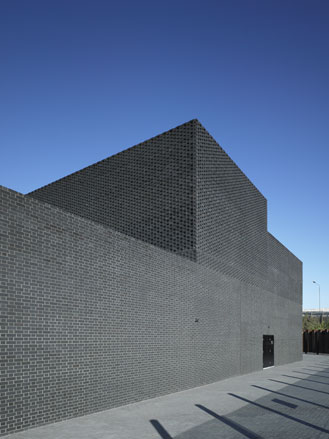
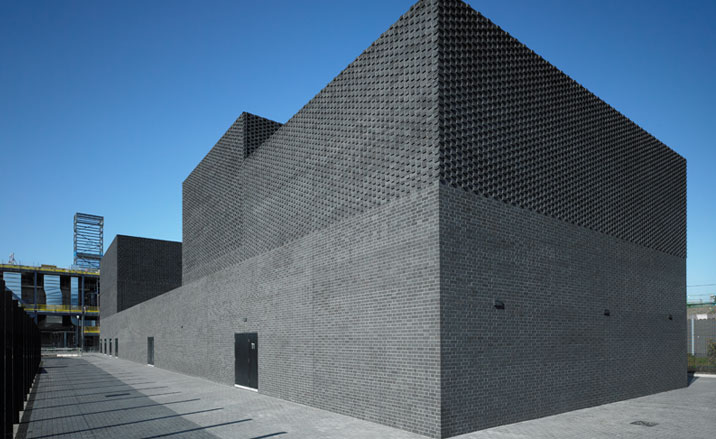
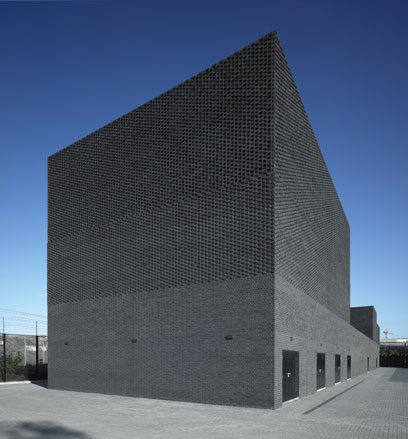
Architect: Reiach and Hall Architects
Project: New Stobhill Hospital, Glasgow
The new Stobhill Hospital in Glasgow is a leading edge exemplar of the ‘patient comes first’ care ethos, which has resulted in a design that has been carefully developed to provide a supportive framework throughout the patient journey. The overall design of the building, procured under PFI, is a deceptively simple diagram – two blocks of accommodation featuring a north treatment block and the consulting block, connected by a public arcade. Patients enter via this full length, full height, light filled arcade, and from its central reception area, any department can be pointed out. In addition, all vertical circulation is located at the centre of this arcade space, which further boosts its user-friendly credentials.
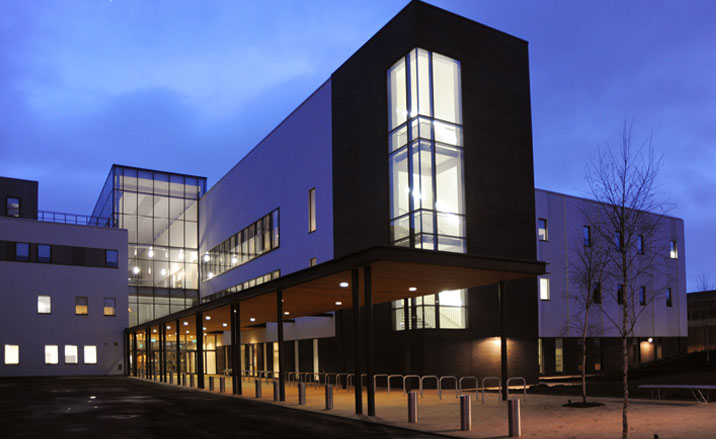
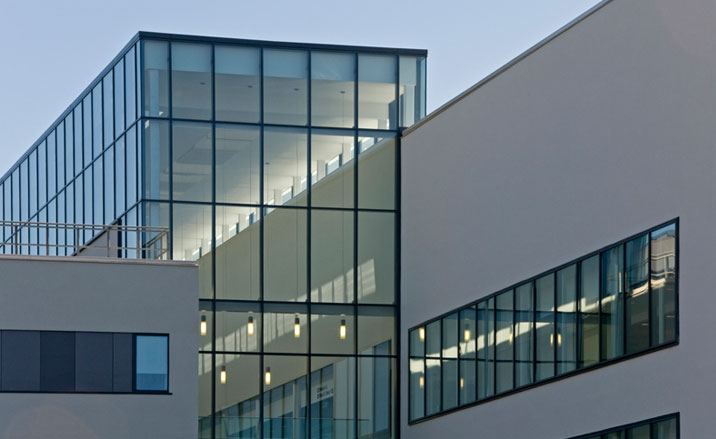
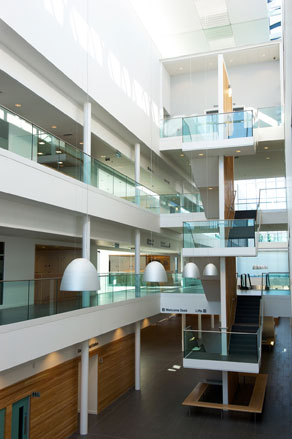
Architect: Dualchas Building Design
Project: Clashnessie House, Sutherland, Highlands
This tiny black corrugated house was designed as a bolthole in an area of wild Highland beauty for two London-based urbanites. The simple black shed idea came not only as a response to the tiny budget but also establishes a formal relationship with the various clusters of small agricultural buildings set into the surrounding rocky landscape. The main southerly and western rocky views are variously framed through glazed elements in the main living/kitchen/dining area, whereas the east view to the beach is best seen from the upstairs library area. The restrained aesthetic chimes with the clients’ desire for a quiet place of contemplation as well fulfilling their simple original request for a base ‘camp’ from which to explore the surrounding wilderness.
Images: Sam Garwood
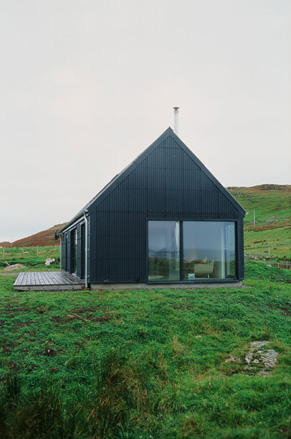
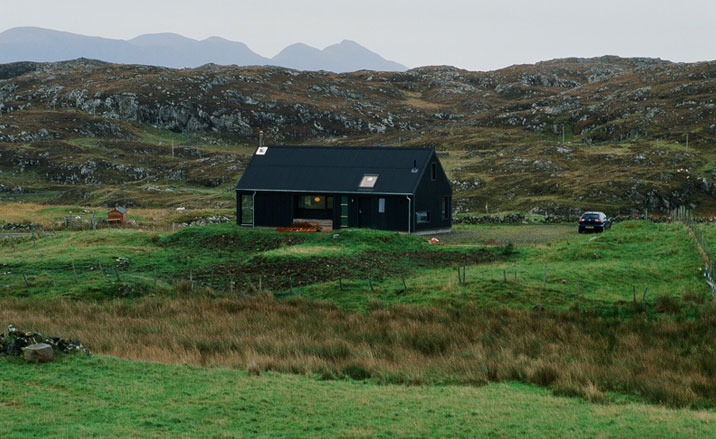
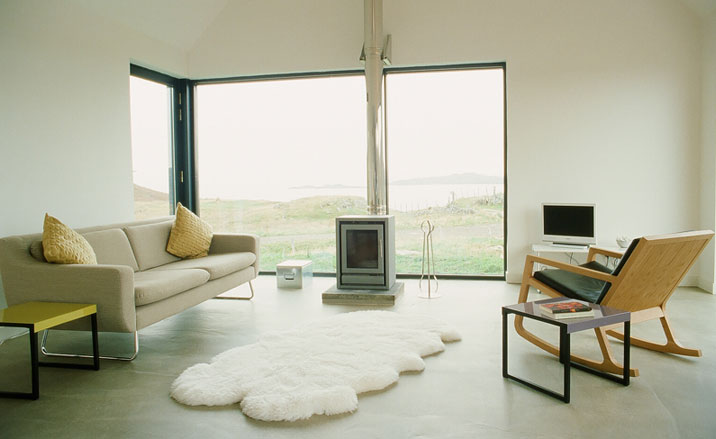
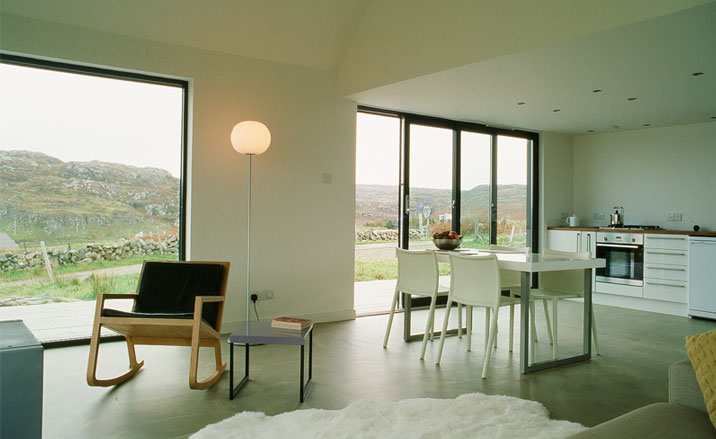
-
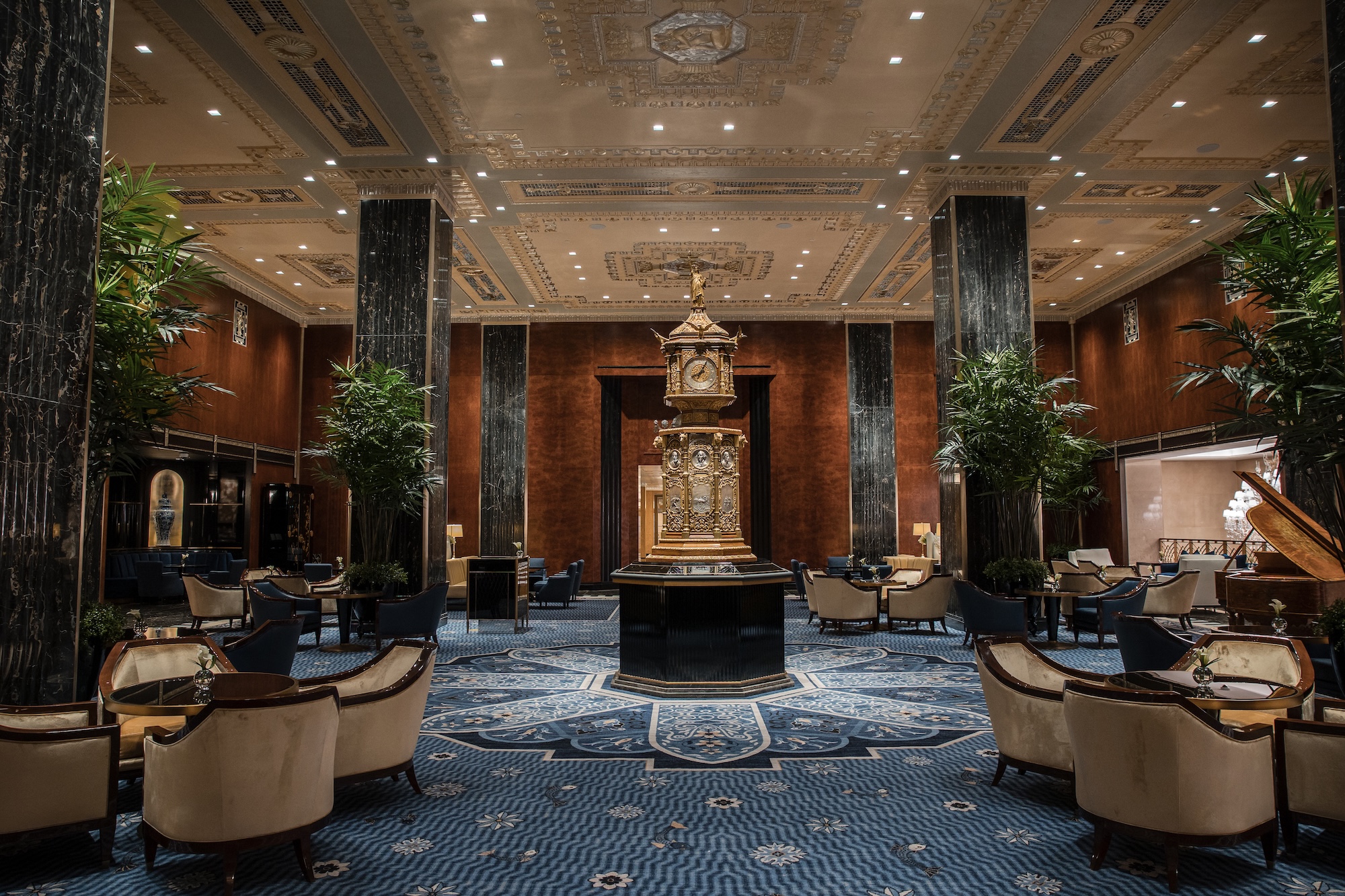 Is the Waldorf Astoria New York the ‘greatest of them all’? Here’s our review
Is the Waldorf Astoria New York the ‘greatest of them all’? Here’s our reviewAfter a multi-billion-dollar overhaul, New York’s legendary grand dame is back in business
-
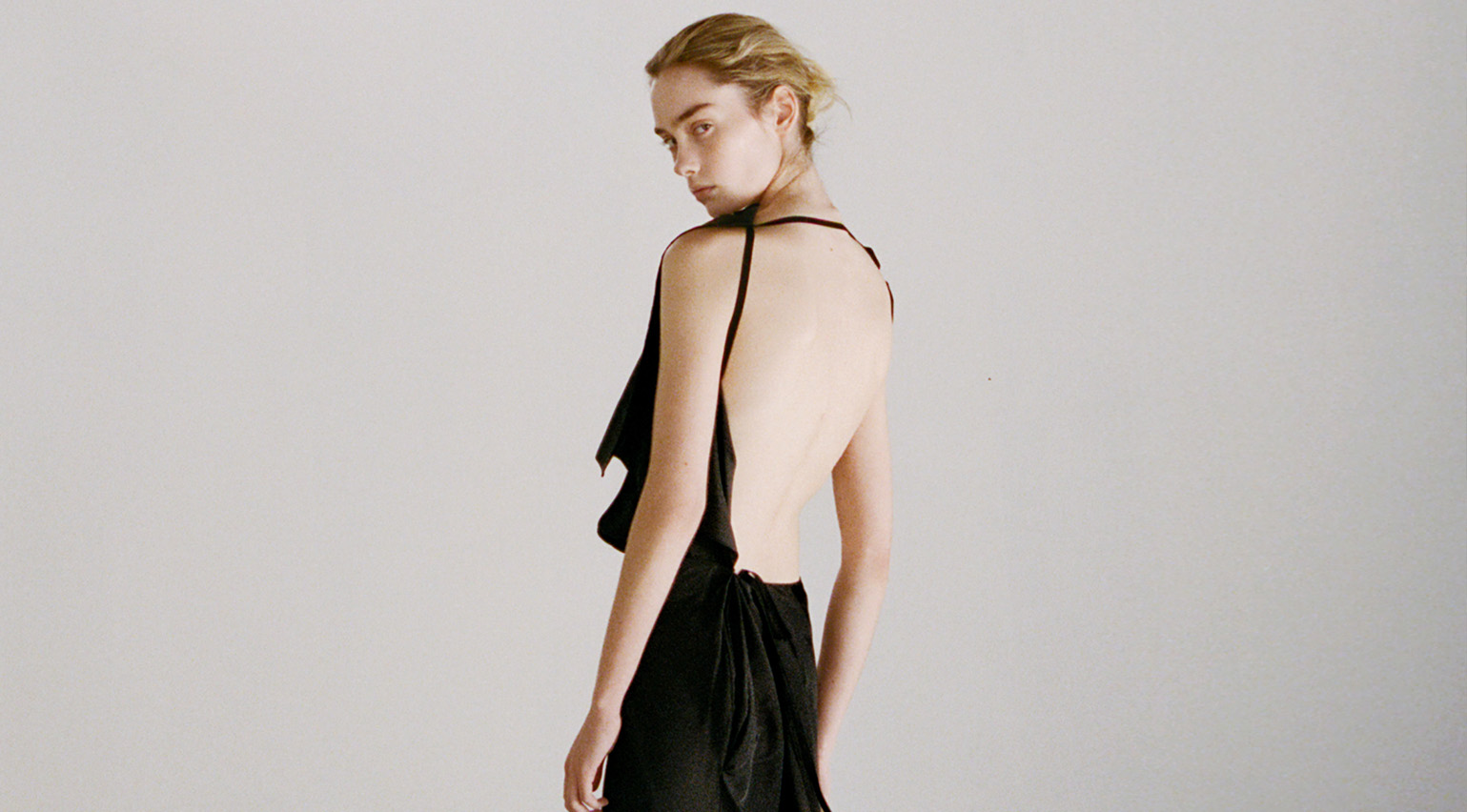 Colleen Allen’s poetic womenswear is made for the modern-day witch
Colleen Allen’s poetic womenswear is made for the modern-day witchAllen is one of New York’s brightest young fashion stars. As part of Wallpaper’s Uprising column, Orla Brennan meets the American designer to talk femininity, witchcraft and the transformative experience of dressing up
-
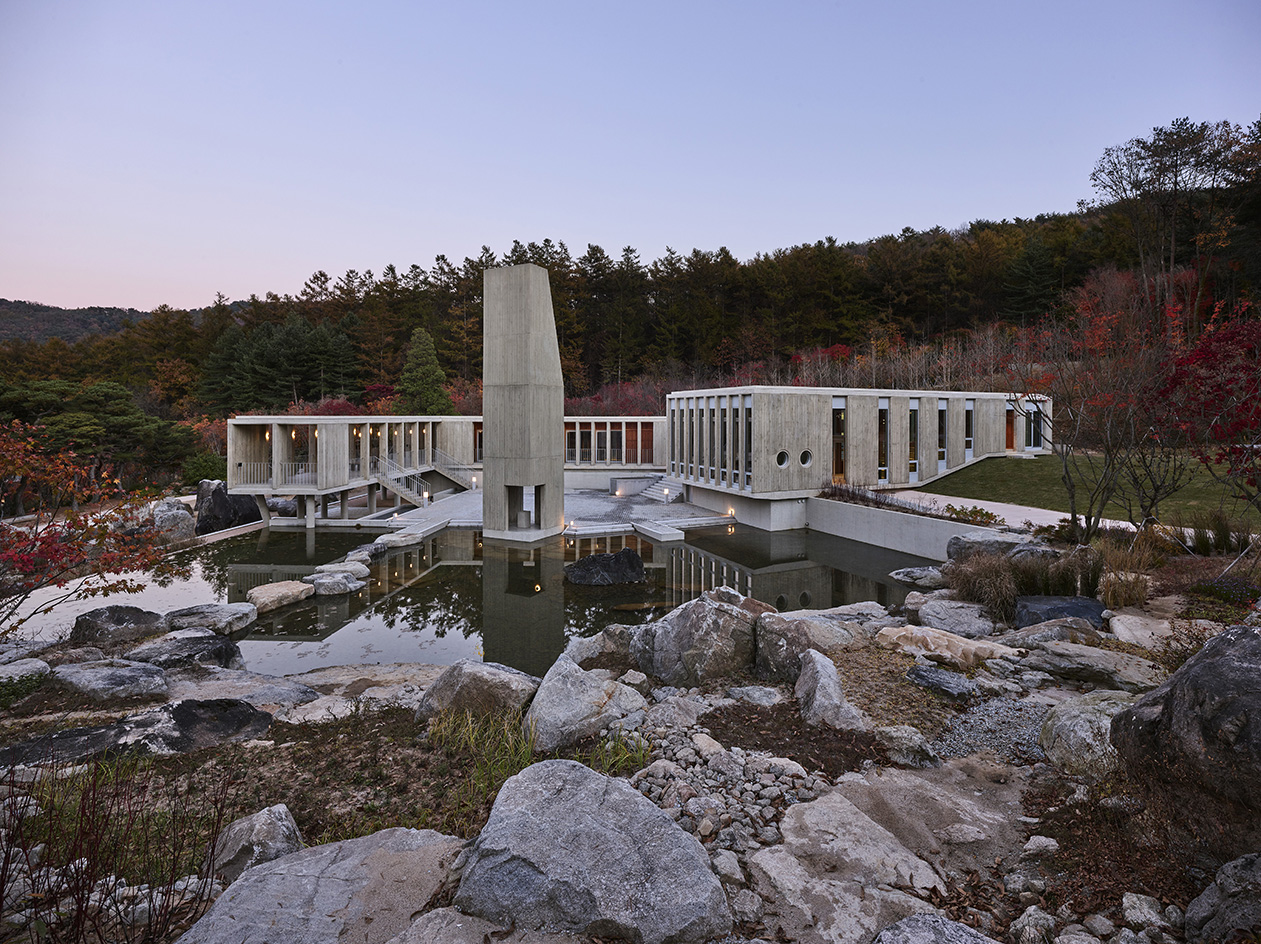 A new Korean garden reimagines tradition for the 21st century
A new Korean garden reimagines tradition for the 21st centuryThe new Médongaule Korean Gardens in Gyeonggi Province explore the country’s rich tradition; within it, the Seongok Academy Building provides a layered spatial experience drawing on heritage and a connection with nature